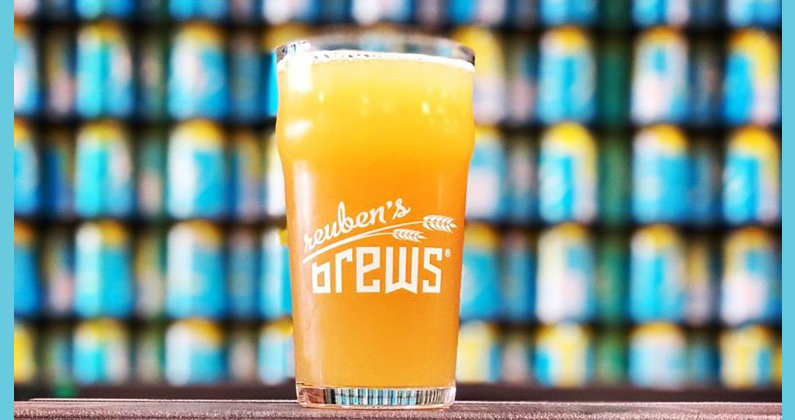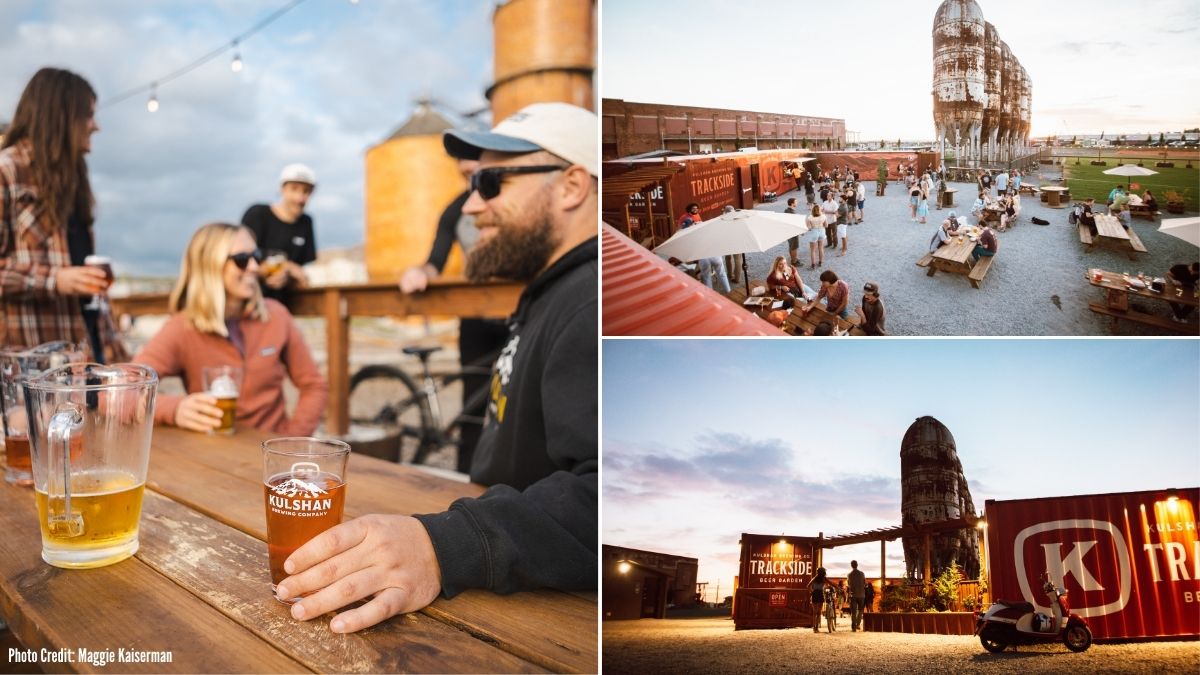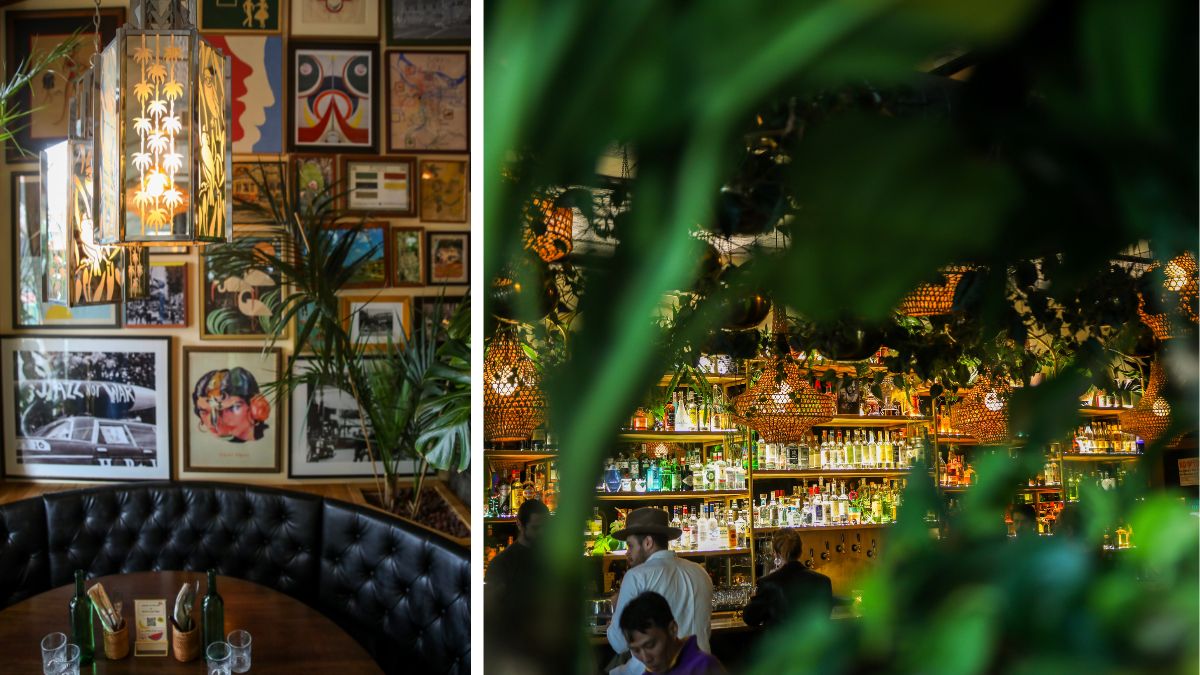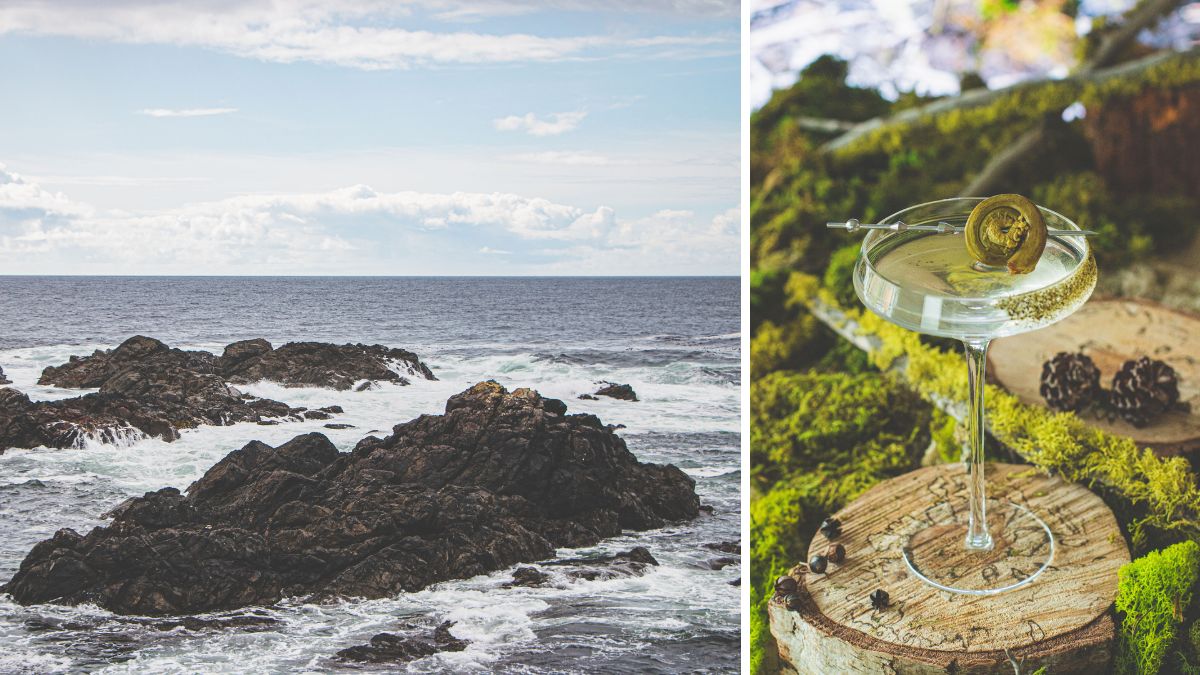We’ve all started drinking more hazy beers, especially in the last few years, whether it’s because of their unique appearance, how photogenic they are or their bright, juicy flavors.
It’s the craft beer style that has taken the brewing world, and the Internet, by storm. But what exactly is a hazy? And how do they get that distinct appearance? We sat down with Adam Robbings, co-founder and brewmaster of Reuben’s Brews in Seattle, to learn a bit more.
What is a hazy beer?
It wasn’t until 2018 that the Brewers Association included hazy pale Ale, hazy IPA or hazy double/imperial IPA as an official style of beer. Because a hazy produces a bright yellow hue, similar to orange juice, and it intentionally doesn’t have as much clarity as other beer styles, you can almost-immediately identify a hazy by its cloudy appearance in the glass. And while breweries have certainly unveiled hazy pales or other styles, the haze craze is predominantly focused around IPAs.
According to Robbings, the body of a hazy is fuller than a traditional West Coast IPA, giving a softer mouthfeel that lends to a bit of sweetness. “The hops used in a Hazy IPA are softer, with flavors like guava and passionfruit,” he says. “It’s a blend of the softness of the body and those flavors.”
With a softer mouthfeel and juicy flavors, hazies tend to be a bit more approachable for beer drinkers interested in enjoying an IPA, lacking the bitterness of a hopped-up West Coast IPA. “You don’t have to train your palate, and they don’t have quite the same learning curve,” Robbings adds. “The aromas are very enticing.”
How is a hazy beer made?
When it comes to brewing a hazy, it boils down to what goes into the beer. “Beer is always about balance, and 90 percent of it is about the ingredients,” Robbings says.
The methods certainly vary from brewer to brewer, but one of the keys to brewing a hazy beer is partially due to yeast selection. When brewers choose a softer yeast, it encourages that pillowy mouthfeel hazies are known for. The yeast doesn’t attenuate, or reduce, as much, leaving it partially floating in the liquid after it has done its job of converting sugars into alcohol.
At the same time, the type of hops being introduced to the brew plays a role in flavors and aromas, but the oil content of the chosen hops matters as well.
Robbings says the oils from the hops react with the yeast, and most hazy beers utilize Citra hops to help encourage that haze development. Including other hop varieties with more fruity notes, such as Galaxy and Mosaic, is common, as the mouthfeel creates an ideal backbone for those juicy and bright, tropical notes to sit on top of.
Hops are often added later in the boil, or by dry hopping, which creates the perfect environment for the hop polyphenol to bind with proteins to create more of that haze and leave the beer less bitter, leading way to those beautiful, plush flavors.






